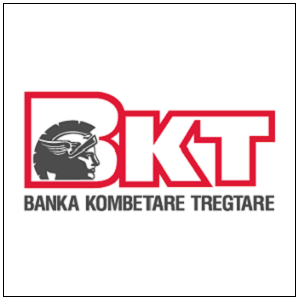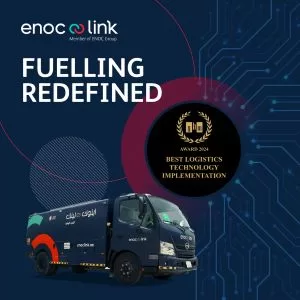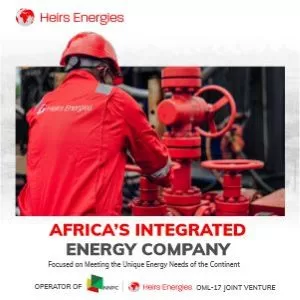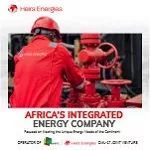Science & Environment
Tulum Energy’s $27M Hydrogen Breakthrough: Rediscovering Methane Pyrolysis
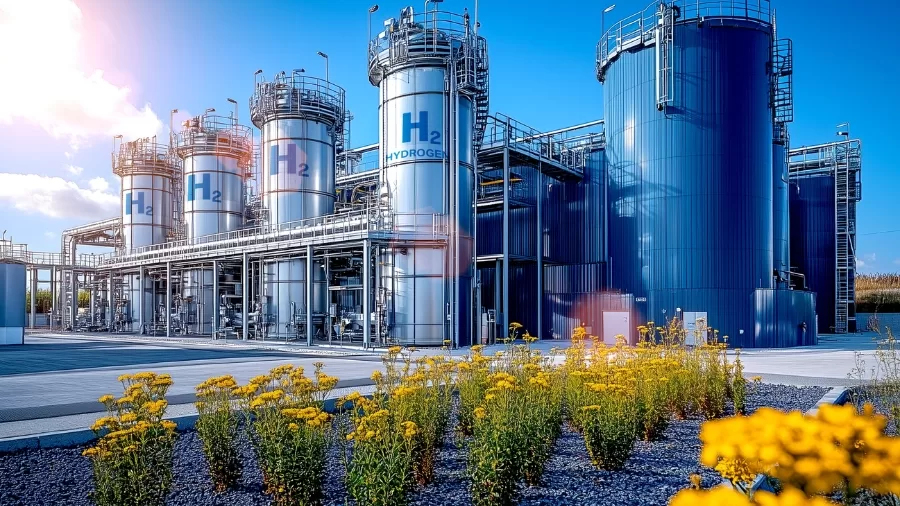
- Tulum Energy opened the doors to the renaissance of methane pyrolysis, which offers clean hydrogen with zero CO₂ emissions and thereby fundamentally reshifts the energy transition view.
- With $27M in seed funding, the company looks to scale a technology that could change industries, steel, chemicals, and transportation alike.
In the year 2002, somewhere during the works of steel production on the electric arc furnace, the engineers at Techint Group noticed something peculiar: the carbon electrodes were not eroding – they were somehow growing. Neglected for almost two decades, this anomaly has now given birth to Tulum Energy, a startup pushing forward clean hydrogen production. After the seed round, which raised $27 million, was announced in July 2025, an opportunity actually arose for Tulum Energy to develop this rediscovered invention. Here is the thing you must know about this company and its breakthrough.
The Origins of Tulum Energy
Tulum Energy emerged from Techint Group, a global conglomerate known for steel production and engineering. Between 2002 and 2005, Techint engineers noted an unexpected reaction caused by their electric arc furnace during steelmaking. While hydrogen and solid carbon would form when methane gas underwent extremely high temperatures in the oven, this process of methane pyrolysis did not permit any carbon dioxide, unlike what traditional hydrogen production methods did.
The discovery was documented but shelved. As Tulum’s CEO, Massimiliano Pieri, explained in a July 2025 TechCrunch interview, “Back then, nobody cared about methane pyrolysis.” The technology remained dormant until recently, when Techint’s venture arm, TechEnergy Ventures, recognised its potential. They launched Tulum Energy to commercialise the process, aiming to disrupt the hydrogen market.
How Tulum’s Technology Works
Tulum Energy’s core innovation is methane pyrolysis using a modified electric arc furnace. This industrial tool, common in steel plants, thermally cracks methane (CH₄) into hydrogen (H₂) and solid carbon (C) at high temperatures. Unlike conventional hydrogen production, which relies on steam methane reforming and emits 900 megatons of CO₂ annually, Tulum’s process is emissions-free.
Key features of Tulum’s technology include:
- No CO₂ emissions: The process yields hydrogen and solid carbon, both valuable products.
- Cost efficiency: Tulum targets hydrogen production at $1.50 per kilogram in the U.S., compared to $1.00 for traditional methods.
- No catalysts: The technology uses existing industrial equipment, avoiding expensive catalysts.
- Energy optimisation: Tulum’s process leverages efficient industrial equipment to enhance energy use, improving overall efficiency.
Tulum is developing a pilot plant in Mexico, adjacent to a Techint Group steel facility. The plant aims to produce two tonnes of hydrogen and 600 tonnes of solid carbon daily, with operations expected to begin soon after the July 2025 announcement.
The $27M Seed Round
In July 2025, Tulum Energy secured $27M in an oversubscribed seed round, signalling strong investor confidence. The funding was led by TDK Ventures and CDP Venture Capital, with participation from Doral Energy-Tech Ventures, MITO Tech Ventures, and TechEnergy Ventures.
The capital will support the construction of the Mexico pilot plant and further development of the technology. Investors see Tulum’s approach as a scalable solution to the hydrogen market’s challenges. Unlike green hydrogen, which requires 50–60 kilowatt-hours per kilogram and significant land and water resources, or blue hydrogen, which faces infrastructure hurdles, Tulum’s methane pyrolysis offers a balance of low emissions and cost competitiveness.
Tulum’s Market Position
Tulum Energy operates in a growing hydrogen market, projected to reach $300 billion by 2050. Current global hydrogen production is 100 million tonnes per year, primarily for refineries, ammonia, and chemical processing. Tulum’s technology stands out for its simplicity and scalability.
Competitors like Modern Hydrogen, Molten Industries, and Monolith also pursue methane pyrolysis, but Tulum has distinct advantages:
- No catalysts: Avoiding costly materials reduces operational expenses.
- Proven equipment: Electric arc furnaces are widely used, easing the path to scale.
- Strategic integration: The Mexico pilot plant will supply hydrogen and carbon directly to a Techint steel facility, ensuring immediate demand.
Pieri highlighted this edge in TechCrunch: “This gives you a big head start.” By leveraging existing infrastructure, Tulum aims to bring clean hydrogen to market faster than its rivals.
Potential Industry Impacts
Tulum Energy’s technology could influence several industries, though its full impact depends on the success of its pilot plant. Here’s how it might affect key sectors:
- Steel Manufacturing: Hydrogen can replace fossil fuels by reducing iron ore, and cutting emissions. The solid carbon byproduct could be used in steel alloys or electrodes.
- Chemical Industry: Clean hydrogen could lower the carbon footprint of ammonia and methanol production, which consumes 50% of global hydrogen.
- Transportation: Hydrogen fuel cells could power heavy vehicles, with Tulum’s cost-competitive hydrogen making adoption more viable.
- Construction and Electronics: The solid carbon byproduct has applications in concrete, asphalt, and battery manufacturing.
The technology’s dual outputs—hydrogen and carbon—create unique opportunities. For example, the steel industry, which emits 7–9% of global CO₂, could use Tulum’s hydrogen to decarbonise operations while incorporating the carbon into production processes. In transportation, hydrogen-powered trucks could become more accessible if Tulum achieves its $1.50 per kilogram target.
Challenges Ahead
Scaling methane pyrolysis is not without hurdles. Pieri noted the complexity of managing two products—hydrogen and solid carbon—with distinct markets and logistics. The pilot plant’s success will be critical in proving the technology’s commercial viability. Regulatory frameworks, particularly in markets like the UK, where hydrogen adoption is a priority, will also shape Tulum’s growth. The UK’s Hydrogen Strategy targets 10 gigawatts of low-carbon hydrogen by 2030, creating a potential market for Tulum’s innovation.
Tulum’s Next Steps
Tulum Energy is focused on its Mexico pilot plant, which will test the technology at scale. The facility will produce two tonnes of hydrogen and 600 tonnes of carbon daily, supplying both to the adjacent Techint steel plant. Success here could pave the way for broader commercialisation, with Tulum eyeing the projected $280–317 billion hydrogen market.
The company’s vision is clear: to offer a cleaner, cheaper alternative to traditional hydrogen production. By building on a 20-year-old discovery, Tulum Energy is positioning itself as a leader in the clean energy transition.

































